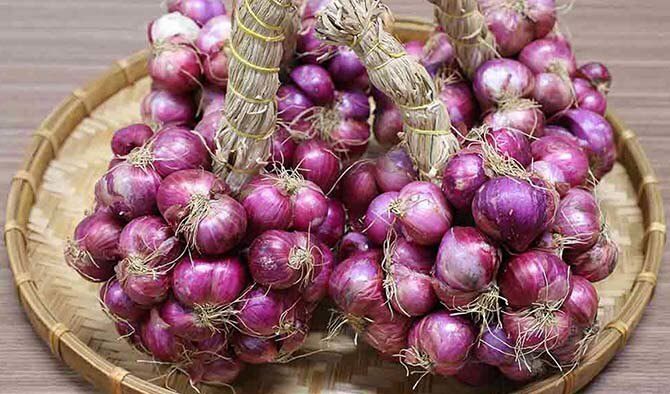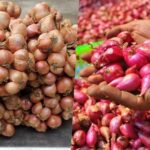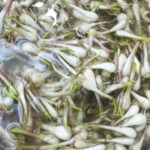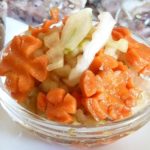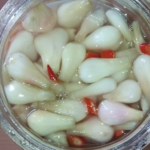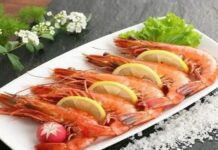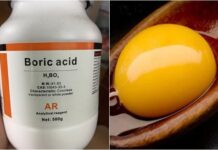While making a delicious jar of pickled onions requires not only meticulousness but also a grasp of essential tips, from choosing the right type of onion to proper storage methods. This article will reveal all the tricks to creating a well-rounded pickled onion dish, ready to be part of your family’s Lunar New Year feast.
Choosing the right onion is the foundation of a delicious dish
The best type of onion for pickling is the red onion, known for its mild spiciness, crisp texture, and attractive color. If possible, opt for Ly Son red onions as this variety is renowned for its flavor and quality.
When selecting onions, keep the following in mind:
– Bulb size: Choose onions that are of moderate size, neither too large nor too small, to ensure even pickling.
– Firmness: The onions should feel heavy and firm, with no signs of hollowness.
– Outer skin: Look for onions with thin, bright-colored skins that are free from scratches.
– Inner flesh: When peeled, the onion flesh should be plump, evenly colored, and free from any bruises or damage.
While white onions can also be used for pickling, ensure they are fresh and not spongy or soft.
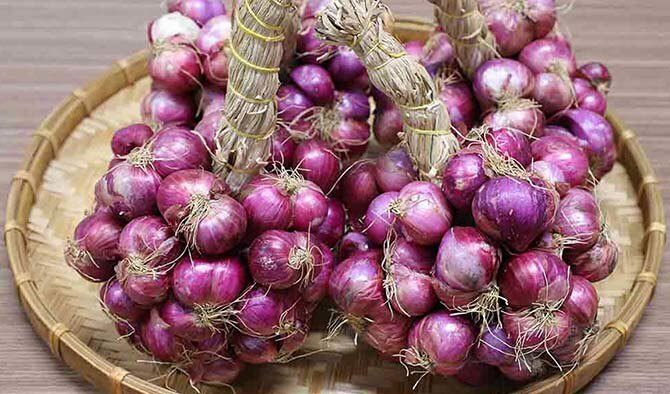
Preparation techniques are the key to reducing onion’s pungency
One of the most common mistakes when pickling onions is the lingering pungency, which diminishes the dish’s appeal. To address this, proper preparation is crucial:
– Soak in rice water: Before pickling, soak the onions in rice water for at least 6-8 hours or overnight. Rice water helps reduce pungency, promotes fermentation, and prevents scum formation.
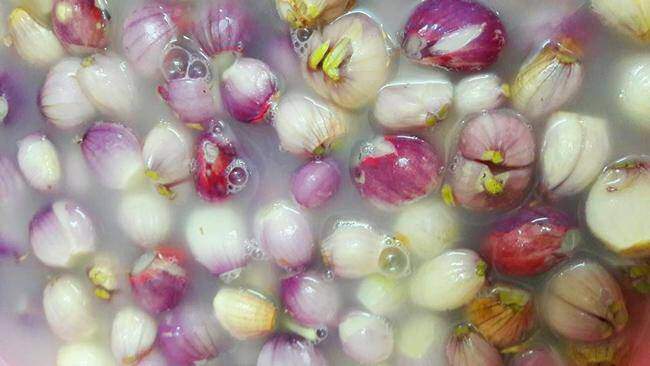
– Multiple soaks: For completely pungency-free onions, you can soak them twice. First, soak them overnight, then peel, rinse, and soak again for a few hours before pickling.
– Rinse with boiled and cooled water: After soaking, thoroughly rinse the onions to eliminate any remaining sediment and pungent odor.
Notes on preparing the pickling brine
– Create a clean fermentation environment: Sterilize tools like glass jars, spoons, and chopsticks with boiling water, and ensure they are completely dry before use. This is crucial to prevent mold or scum formation.
– Temperature of the brine: The water used for the brine should be cooled to a lukewarm temperature. Hot water will soften the onions, while cold water slows down the fermentation process.
– Thoroughly mix the brine: Ensure that the salt, sugar, and vinegar are completely dissolved in the brine for a clear and evenly flavored pickle.
Tips for long-lasting, delicious pickled onions
Once the pickling process is complete, store the onions in a cool, ventilated area or in the refrigerator. When removing onions for consumption, use clean, dry utensils to avoid contaminating the remaining batch. Always seal the jar tightly after each use to maintain crispness and flavor.
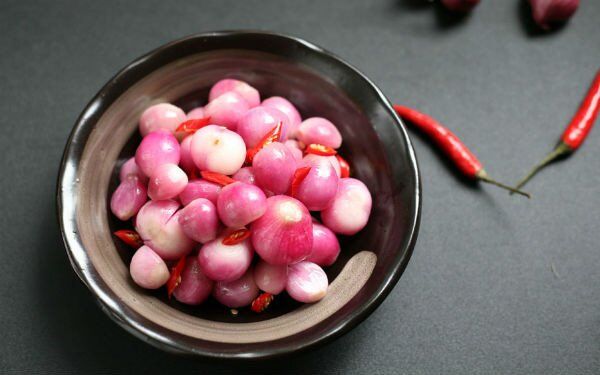
With these tips, you’re sure to create delicious, crisp, and sweet pickled onions that are not only tasty but also safe for your health. Good luck!
“The Ultimate Guide to Making Delicious and Crispy Pickled Shallots Without Sunbathing”
Are you looking for a unique and delicious way to pickle pearl onions without the need for sun-drying? Do you want to achieve that perfect crisp and bright white color without the hassle of sun exposure? Look no further! We are here to guide you through the process of creating the most amazing sweet and sour pearl onion pickles.
Delicious Ways to Enjoy Banh Tet, a Vietnamese Glutinous Rice Cake, Without Feeling Overindulged
The Tet holiday in Southern Vietnam is incomplete without the iconic dish, Banh Tet. This delicious treat is a staple, but how can we enjoy it without feeling overwhelmed by its richness? Discover the secrets to indulging in Banh Tet without the guilt and learn new ways to make this traditional delicacy even more appealing and palatable.

























